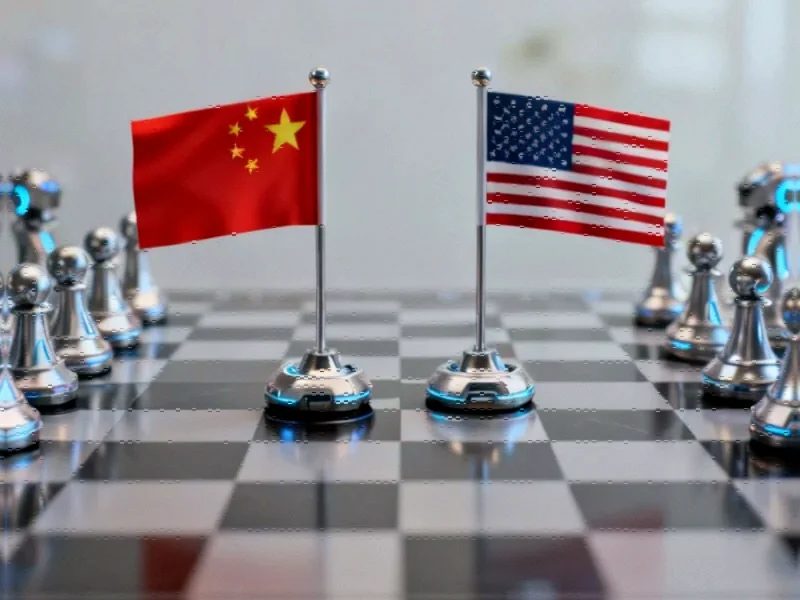Economic Expansion Moderates as Global Tensions Resurface
China’s economic momentum showed clear signs of moderation in the third quarter, with official data revealing a 4.8% year-over-year growth rate—the most subdued performance in twelve months. This development arrives as trade tensions with the United States intensify, creating headwinds for the world’s second-largest economy. The timing is particularly significant as Chinese leaders prepare to outline the country’s economic direction through the latter half of the decade.
Strategic Export Controls Reshape Global Supply Dynamics
The recent implementation of comprehensive restrictions on rare earth exports represents a calculated move in the ongoing economic diplomacy between superpowers. These minerals, essential for manufacturing everything from smartphones to electric vehicles and defense systems, have become the latest frontier in the technological standoff. As China’s economic expansion moderates amid renewed tensions, these export controls demonstrate how geopolitical considerations are increasingly influencing economic policy decisions.
Industry analysts note that these measures extend beyond immediate trade concerns, reflecting broader strategic positioning in critical technology sectors. The rare earth restrictions follow China’s antitrust offensive against Apple, which signaled a more assertive regulatory approach toward foreign technology firms operating within its borders.
Broader Economic Implications and Sectoral Impact
The cooling growth figures coincide with significant market responses to trade war developments across global financial centers. While manufacturing and export-oriented sectors face immediate pressure, domestic consumption patterns show resilience, though not enough to fully offset external challenges.
Technology and semiconductor industries warrant particular attention, as they sit at the epicenter of both the trade dispute and China’s long-term development ambitions. Recent advancements in semiconductor technology highlight the rapid pace of innovation in this critical field, even as geopolitical factors complicate international collaboration.
Policy Responses and Future Outlook
Chinese economic planners face a complex balancing act: stimulating domestic growth while managing external trade relationships. The upcoming leadership meetings to chart the 2026-2030 economic blueprint will likely address these dual challenges through a combination of targeted stimulus measures and strategic industrial policies.
Observers of global economic trends will monitor how China navigates this period of moderated growth amid renewed trade friction. The interplay between domestic economic management and international trade diplomacy will shape not only China’s trajectory but also the broader patterns of global economic integration in the coming years.
As these developments unfold, businesses and investors worldwide are adjusting their strategies to account for both the immediate economic data and the longer-term structural shifts in China’s economic policy approach.
This article aggregates information from publicly available sources. All trademarks and copyrights belong to their respective owners.
Note: Featured image is for illustrative purposes only and does not represent any specific product, service, or entity mentioned in this article.



